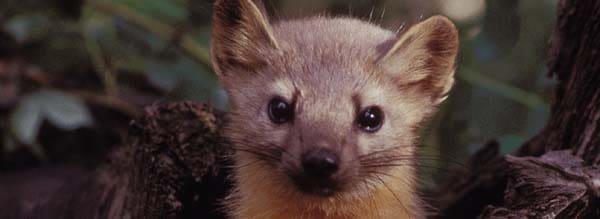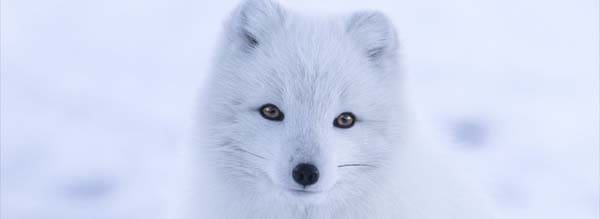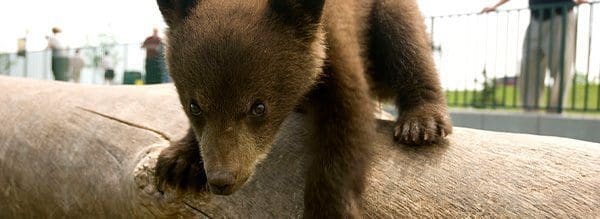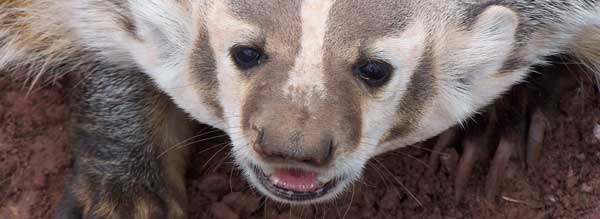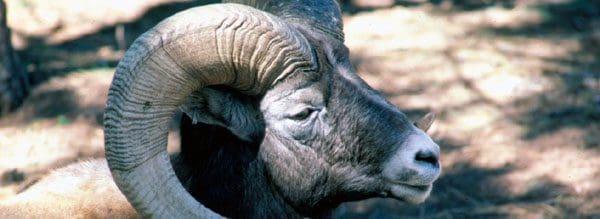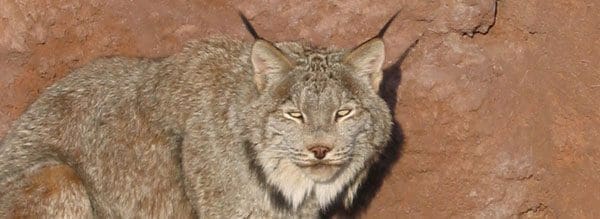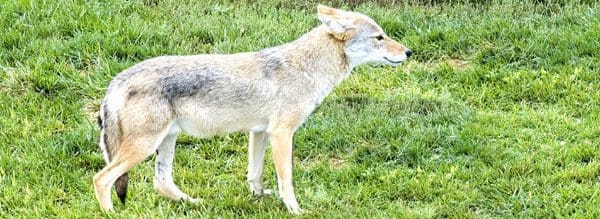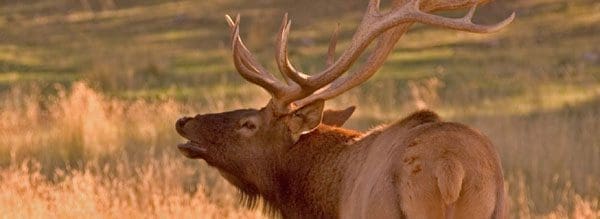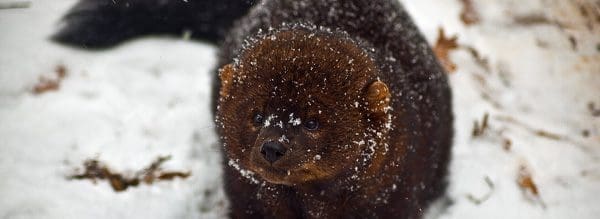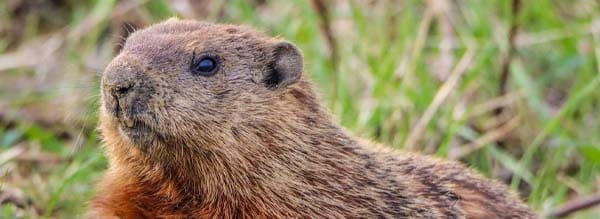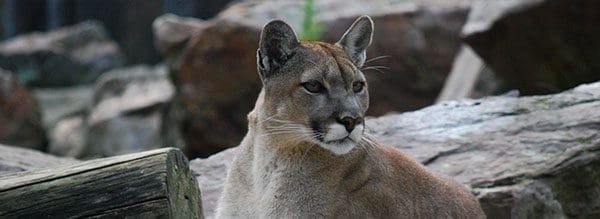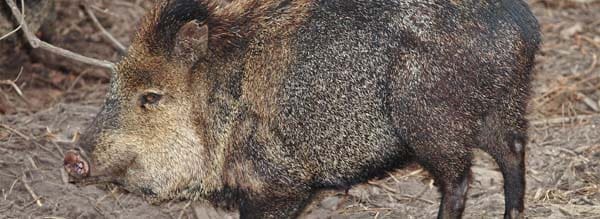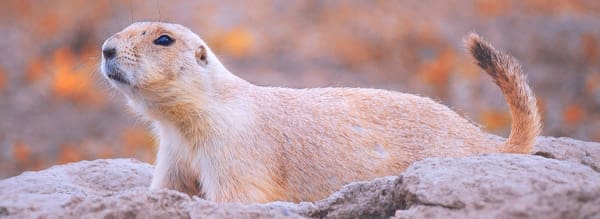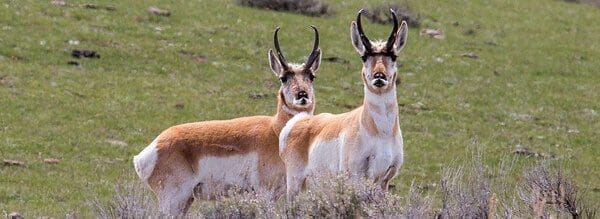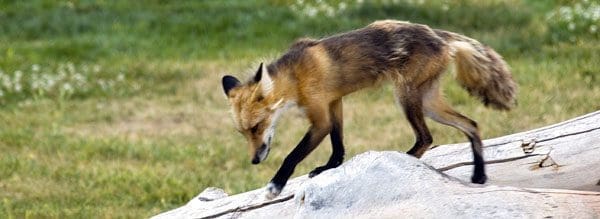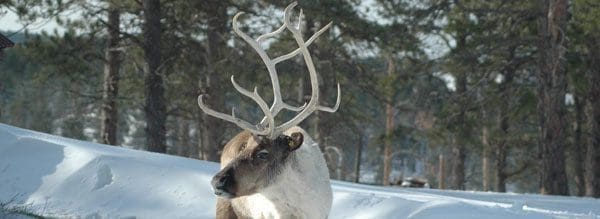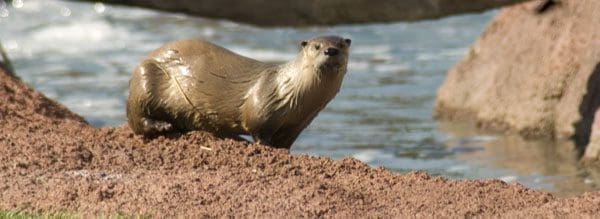The Animals of Bear Country
Bear Country USA specializes in having mostly North American mammals which live in large natural exhibits. While captive born, every effort is made to imitate a wild environment for our animal residents. Larger species roam freely throughout the drive-thru park. Smaller animals, as well as those younger than one year, are exhibited in the Wildlife Walk area. Visitors can observe these animals while strolling on foot.
We work very hard to take very good care of our animals, it is job #1. We have a semi-trailer truck come from Denver who delivers produce weekly for our adult bears and we order from local food service vendors weekly for our smaller animals in the Wildlife Walkway. The smaller animals get fresh produce and protein from those local food service vendors. We also consult with a local Veterinarian on multiple animal health issues all year long. We strive to make sure our animals get better care that they would in the wild. As an example, we recently took a Racoon to have an infected tooth removed and he is doing great since that procedure!
